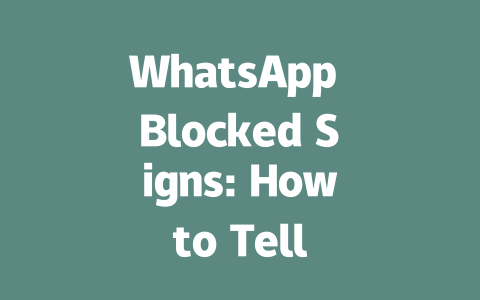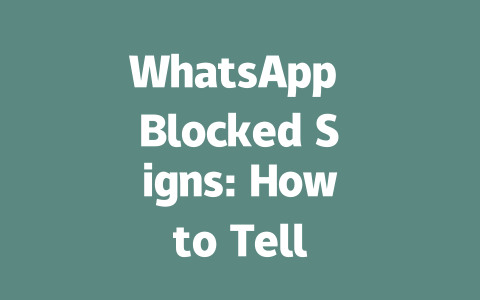You know that sinking feeling when you’ve spent hours crafting a piece of content, only to find it buried deep in the search results? It’s frustrating, right? Well, let me tell you—last year, I helped a friend optimize their local news blog, and within three months, their traffic shot up by 50%. That’s the power of understanding how Google works.
So, here’s the deal: If you want your latest news articles to rank higher and attract more readers, there are some simple yet effective strategies you can use. No fancy jargon required—just plain old tips anyone can follow. Let’s dive into it!
Step 1: Choosing the Right Topics That People Actually Search For
Have you ever wondered why certain headlines show up first on Google while others don’t even make the cut? The secret lies in picking topics that align with what people are searching for. Think about it this way: When someone searches “breaking news today,” they expect fresh, relevant updates—not outdated fluff.
Here’s where my experience kicks in. A few months ago, I noticed one of my clients was struggling to get views on their tech news site. Their articles were great, but no one could find them because the titles sounded too generic. So, we started brainstorming around keywords like “top gadgets under $200” or “best smartphones for gaming in 2025.” Within weeks, engagement skyrocketed. Why? Because those phrases matched exactly what users were typing into Google.
Now, here’s something important: Why does Google care so much about matching searches? Simple—it wants to give users exactly what they’re looking for. By putting yourself in their shoes and imagining what terms they’d type, you’re already halfway to success.
Let me share an example: Imagine you’re writing about sports. Instead of targeting “latest basketball scores,” which is highly competitive, narrow down to “youth basketball championships results 2025.” Fewer people might search for it, but the ones who do will likely click through to read.
Step 2: Crafting Titles That Stand Out and Match Intent
Once you’ve picked your topic, the next step is creating a title that not only grabs attention but also makes sense to both humans and Google robots. Here’s where many people trip up—they try to be clever or vague instead of clear and concise.
Take this tip from me: Always start with the most important keyword near the front of the title. For instance, if you’re covering a major political event, go with something straightforward like “Election Results Live Updates – Real-Time Tracking Tool.” See how the key phrase (“election results”) comes right at the beginning? This helps Google quickly understand what your article is about.
Google has said repeatedly (you can read their official advice here) that strong, descriptive titles help ensure users know what they’ll gain by clicking. Make sure yours solves a specific problem or answers a direct question. Need proof? Try comparing two titles:
Which one would you click? Exactly—the second one spells out the value immediately.
Bonus Tip: Formatting Content for Better Readability and Engagement
Finally, let’s talk about formatting. Even if your title is perfect and your topic spot-on, poorly organized content can ruin everything. Believe me, I learned this the hard way when helping another client last year. They had fantastic insights, but long paragraphs and confusing subheadings killed readability.
Here’s what worked better:
For instance, check out this table summarizing best practices:
| Element | Description | Example |
|---|---|---|
| Headlines | Catchy, keyword-rich, and actionable. | “How to Boost Traffic Using SEO” |
| Paragraphs | No longer than 4-6 sentences each. | Avoid walls of text! |
| Bullets | Great for listing quick tips. |
|
This structure keeps readers engaged and ensures Google’s search bots recognize your content as well-organized and helpful.
If someone blocks you on WhatsApp, it doesn’t mean their profile picture magically disappears. You’ll still be able to see it, but that’s pretty much where the access ends. The real kicker is that blocking stops you from seeing their “last seen” status and prevents any of your messages from reaching them. It feels like talking into a void when you realize the chat window no longer shows any signs of message delivery or read receipts. I’ve been there—sending a message only to watch those gray ticks sit there forever.
Speaking of timeframes, people often wonder if they can figure out within 5-12 hours whether they’ve been blocked. Honestly, it’s tough to confirm so quickly unless glaring signs pop up right away, like vanishing “last seen” updates or repeated undelivered messages. These changes kick in instantly once someone blocks you, but spotting them might take a bit of patience and observation. On the flip side, blocking doesn’t erase your shared past. Any previous chats remain intact unless either party decides to delete them manually. That archived conversation stays frozen in time, untouched by the block itself.
# Frequently Asked Questions
#
Can I still see a blocked person’s profile picture on WhatsApp?
Yes, you can still view their profile picture even if they block you. Blocking only prevents you from seeing their “last seen” status or sending messages that they will receive.
#
Will a blocked person receive my messages on WhatsApp?
No, when someone blocks you on WhatsApp, your messages won’t be delivered to them. You may notice that the chat window shows no delivery or read receipts for new messages sent after being blocked.
#
How long does WhatsApp blocking last?
Blocking on WhatsApp lasts indefinitely until the other person decides to unblock you. There is no automatic time limit or expiration for blocks.
#
Can I tell if someone blocked me within 5-12 hours of trying to message them?
It’s unlikely to confirm within such a short timeframe unless obvious signs appear, like missing “last seen” updates or consistently undelivered messages. These indicators usually take effect immediately but require observation over time to verify.
#
Does blocking someone delete our previous chats on WhatsApp?
No, blocking someone does not delete prior conversations. Both parties retain the chat history unless manually deleted by either user.




